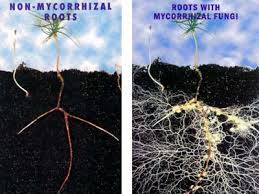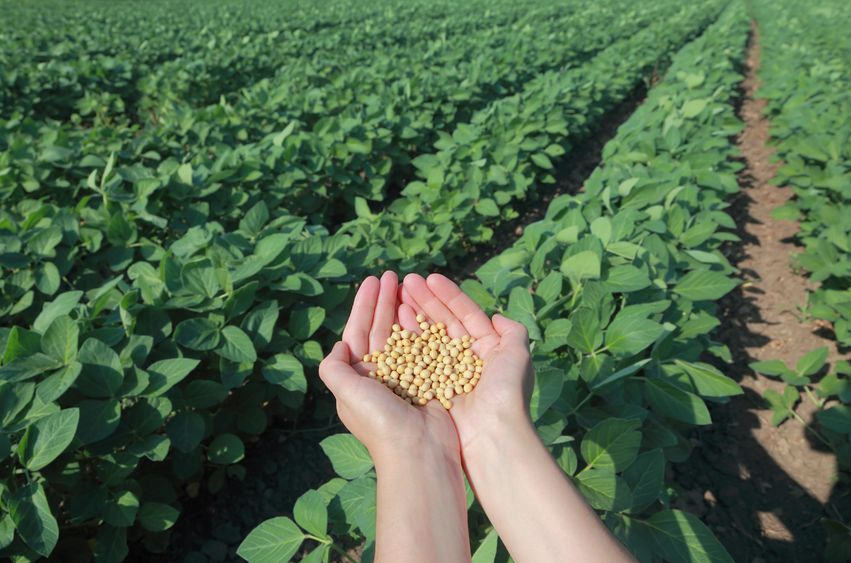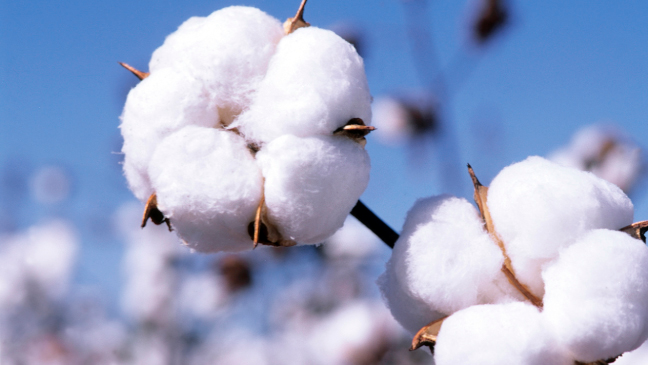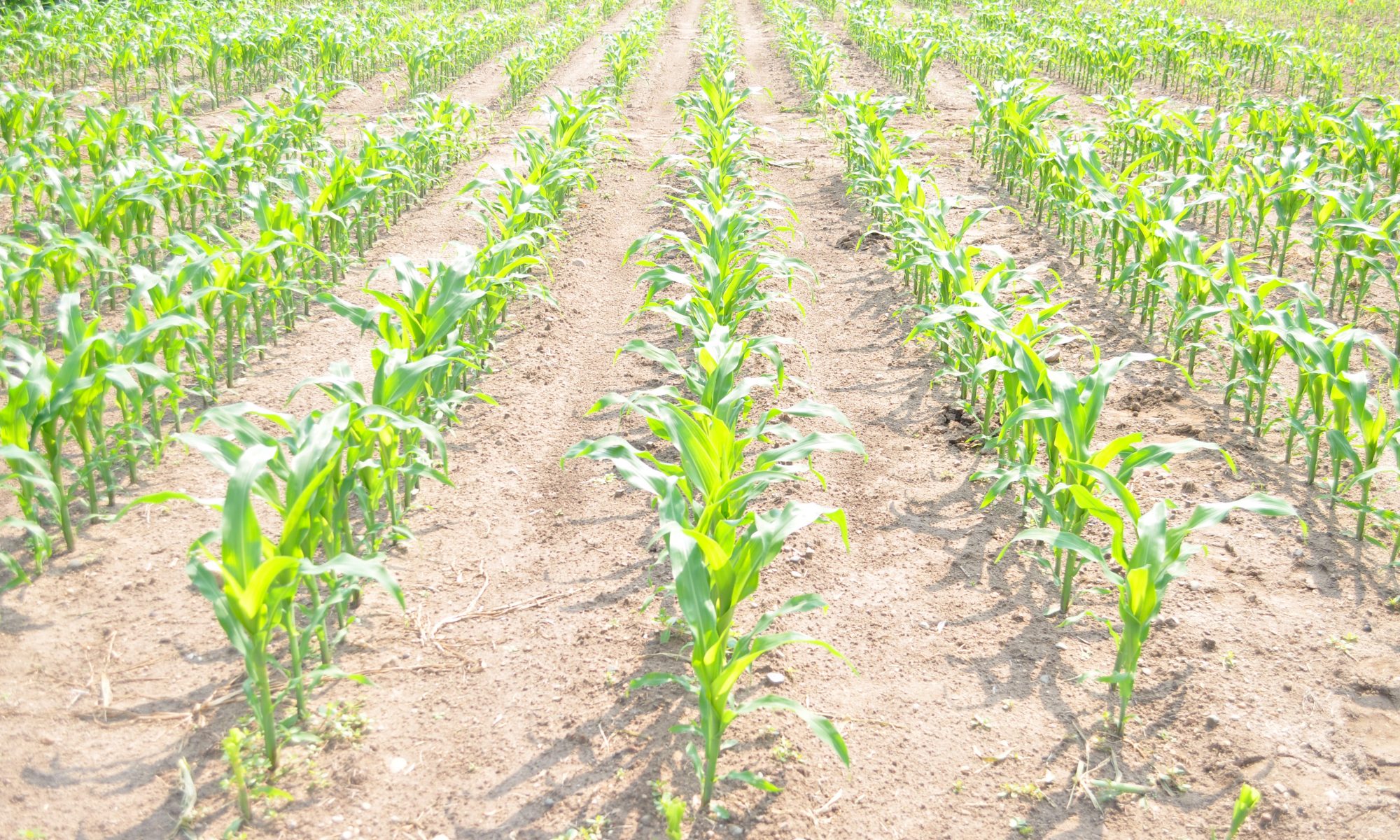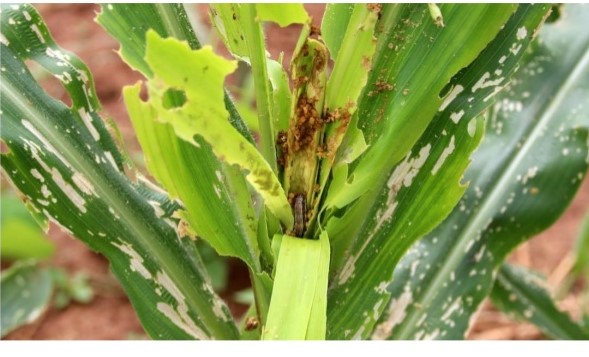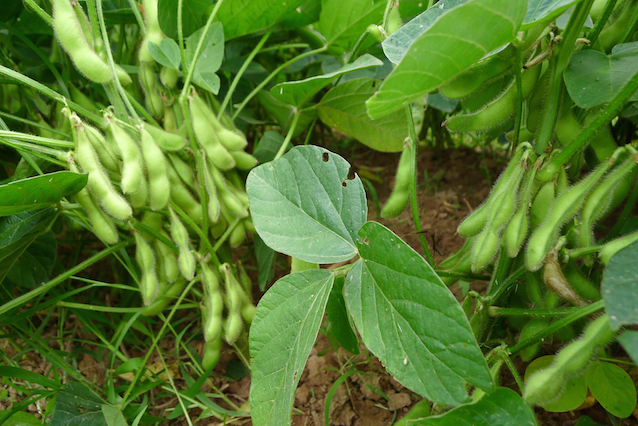In this year, the sown area of maize is an increase in Khandwa, Khargone, Betul, Chhindwara & Seoni. It is very important to control the weed in the field for batter production. Normally farmer does hand weeding, some farmers used “hoe” but chemical control is more accessible and easier.
- Apply Atrazine 50% WP @ 500gm/acre as pre-emergence on 3-5 Day after sowing.
- 15-20 days after sowing, Apply Tembotrione 42% SC @ 400 ml/acre.
- 20-25 days after sowing, make a solution of 2,4-D 58% @ 400 ml/acre and spray it with flat fan nozzle.
- Apply herbicide when there is sufficient moisture in the soil.
- Do not disturb the soil layer after herbicide application.
- If pulse crop is to be raised as intercrop, do not use Atrazine. Spray Pendimethalin 30% EC @ 800-1000 ml/acre as pre-emergence on 3 days after sowing.
Like and share with other farmers by clicking on the button below
Share

